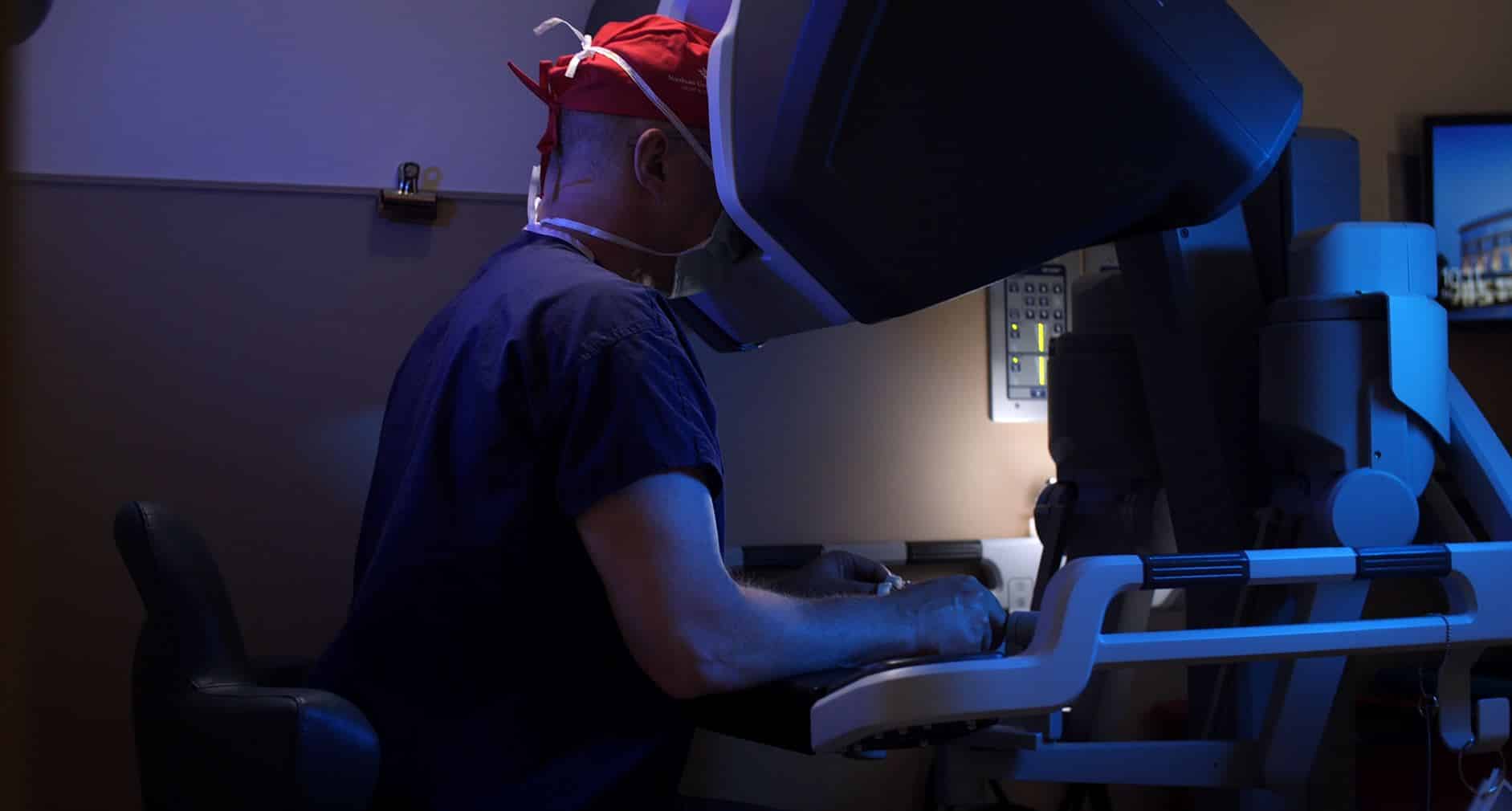Have you ever heard of the mitral valve? Unless you’ve been diagnosed with mitral valve disease, it might be unfamiliar to you.
But if you’ve been told you have mitral valve disease – mitral valve regurgitation or mitral valve stenosis – you may wonder what this valve does and what happens when it malfunctions.
We’ll answer the “what it does” question first. The mitral valve is located between the left atrium (the upper left chamber of your heart) and the left ventricle (the lower left chamber of your heart). When it works normally, this valve keeps blood moving in the right direction, allowing it to flow from the left atrium into the left ventricle and out into the body.
When the mitral valve is damaged, that blood flow is disrupted. Mitral valve regurgitation occurs when the valve doesn’t close effectively, allowing blood to flow backward into the left atrium. Mitral valve stenosis occurs when the mitral valve is narrowed, which can limit or block blood flow.
Is Mitral Valve Regurgitation Dangerous?
It depends on the severity of the regurgitation. Many people have trace mitral valve regurgitation, which can cause a small amount of blood to move backward. This usually doesn’t cause significant problems.
But if the regurgitation worsens over time, it can put increased pressure on the heart and the blood vessels. In severe cases, the heart may enlarge in an attempt to keep blood flowing in a forward direction, which can cause a number of symptoms, including shortness of breath, coughing, atrial fibrillation, and swelling of the legs and feet.
What Happens During a Mitral Valve Surgery?
If you’re diagnosed with mild mitral valve disease, you may first be prescribed medications to alleviate symptoms. The type of medication will differ depending on whether you have stenosis or regurgitation, as well as the type of symptoms you are experiencing.
If medications are ineffective at mitigating symptoms or the condition worsens, surgery may be recommended for treating mitral valve disease. During mitral valve surgery, the damaged mitral valve is repaired or replaced.
Mitral valve repair is more common than replacement, but replacement may be necessary for severely damaged valves.
Is Robotic Surgery an Option for Mitral Valve Repair?
Many mitral valve procedures are now done in a minimally invasive way. During endoscopic robotic valve surgery, the heart is accessed through two small incisions. A specialized camera is placed into the body through the incisions, allowing the surgeon to view real-time video of the surgical site.
Guided by that video, the surgeon can use small instruments to repair the valve without moving the heart. Because these processes make less of an impact on the body, they provide patients with a number of benefits, including reduced blood loss, less risk of complications, and a quicker recovery.
Robotic surgery is now an option in some cases, as well. Robot-assisted surgery is a type of minimally invasive procedure that’s especially advanced. Surgeons in a robotic mitral valve repair procedure have access to an enhanced view of the mitral valve.
During a mitral valve repair, the surgeon sits at a console near the body and the surgical instruments, guided by the robotic arm, move in real-time with the surgeon’s hand and wrist movements. These tiny instruments can make much smaller movements than human hands can, meaning there’s less damage to surrounding tissue.
Learn More
In need of mitral valve repair or replacement? At Northeast Georgia Physicians Group Cardiovascular & Thoracic Surgery, part of Georgia Heart Institute, we use the latest devices, technology, and equipment to perform these advanced procedures, using minimally invasive and robotic procedures when appropriate.



